Next to the lush green bamboo bushes and the pair of banana bushes in bloom is a pot of banh ú on fire, with a faint aroma. The cake is cooked, the plate of cake served to the guests is still steaming, I gently peel off the bamboo leaf skin, the cake has a clear yellow color, the sticky rice grains form a block. The cake skin is both fragrant and chewy, with the unique flavor of sticky rice soaked in ash water, mixed with the aroma of bamboo leaves, the sweetness of beans, and the fat of coconut, creating the flavor of "Mrs. Hai's banh ú".
Mrs. Hai (Pham Le Thuy, 62 years old, Ho Thi Ky commune) was taught the craft by her mother since she was 11 years old. With more than 50 years of experience in making traditional banh u, she and her sisters have also created the brand "banh u vam Cai Tau". Mrs. Hai said that making banh u la tre seems easy but in reality it is not. The cake looks very simple, but to make a delicious cake, it must go through many stages. Everyone has their own recipe, but for her family, the step of soaking sticky rice is important because it determines the success of the batch of cake. Sticky rice must be soaked in lime ash water for 24 hours and then rinsed many times with clean water. The person soaking the sticky rice must be experienced, mix the ash water in the right amount, if it is too thick, the cake will be bitter and difficult to eat, if it is too thin, the sticky rice will not be soft, the cake will not be chewy and will not be delicious.
Her hometown is Cai Tau estuary (Tac Thu hamlet, Ho Thi Ky commune, Thoi Binh district), when her family moved to Ho Thi Ky commune. Although it is only a different hamlet, almost no one here knows how to wrap this cake. Whenever there is a death anniversary in the hamlet, she prepares to soak sticky rice, soak green beans and eggplants, then instructs the women in the hamlet to wrap the cake. Clean the green beans, cook until soft, simmer with sugar, grated coconut, keep on low heat until the beans dry, turn off the stove, let cool and roll into balls.
Soak the bamboo leaves in water and wash them. She uses a handful of dried and chopped bamboo sedge, ties them to a nail in the corner of the house so they hang down, arranges 2 or 3 bamboo leaves depending on the size of the leaves, "overlaps" them, rolls them into a ball, puts the sticky rice and the filling in, makes sure the filling is between the two parts of sticky rice, continues to cover the filling, and finally wraps the corners of the bamboo leaves into a triangle and ties the bamboo sedge so that the 3 sides of the cake are equal to form a triangle.
The process of cooking the cake is also very elaborate, boil the water until it boils before dropping the cake into the pot and watch the fire to make sure it burns evenly, if the fire goes out the cake will burn. Add water continuously so that the pot does not dry out and the cake will not cook evenly. Only then will the cake retain the sweetness of sugar, the stickiness of sticky rice and the aroma of bamboo leaves, and can be kept for 3-4 days without spoiling. According to Mrs. Hai, bamboo leaf cake can be boiled for about 2 hours to cook, but to keep the sticky rice soft and not spoil for a long time, the fire must be kept steady for about 3 hours before removing the cake.
“At first, when I learned how to wrap the cakes with my mother, sometimes I wanted to give up. From wrapping the leaves to tying the strings, everything was very difficult for a 10-year-old girl. The cakes were uneven, misshapen, sometimes the strings were broken, and the sticky rice came out loose. But thanks to my mother's patient guidance, I gradually became proficient,” Mrs. Hai confided.
Still deftly rolling each cake, Mrs. Hai continued: “In the past, my sisters and I loved watching operas. When we heard in the neighborhood that there was a “opera troupe” coming to Thoi Binh market, we eagerly asked our mother to go see it. Our mother told us that from noon to afternoon we had to wrap 1,000 banh u before we could go see the opera. Although we were new to wrapping, our sisters and I worked hard to make beautiful cakes because we wanted to go see the opera. The pot of cakes was on fire, and the three sisters began to wear new clothes and walk with the sisters in the neighborhood from Cai Tau estuary to the district market to watch the opera.”
That was a long time ago, but now it is normal for her to wrap more than 1,000 cakes a day. With the leaves, vines, sticky rice, and fillings prepared in advance, she can wrap more than 250 cakes in an hour. This year, on the occasion of the Duanwu Festival, she wrapped more than 9,000 cakes. From the morning of April 2nd, her kitchen has always been on fire and she has time to deliver cakes to her regular customers.
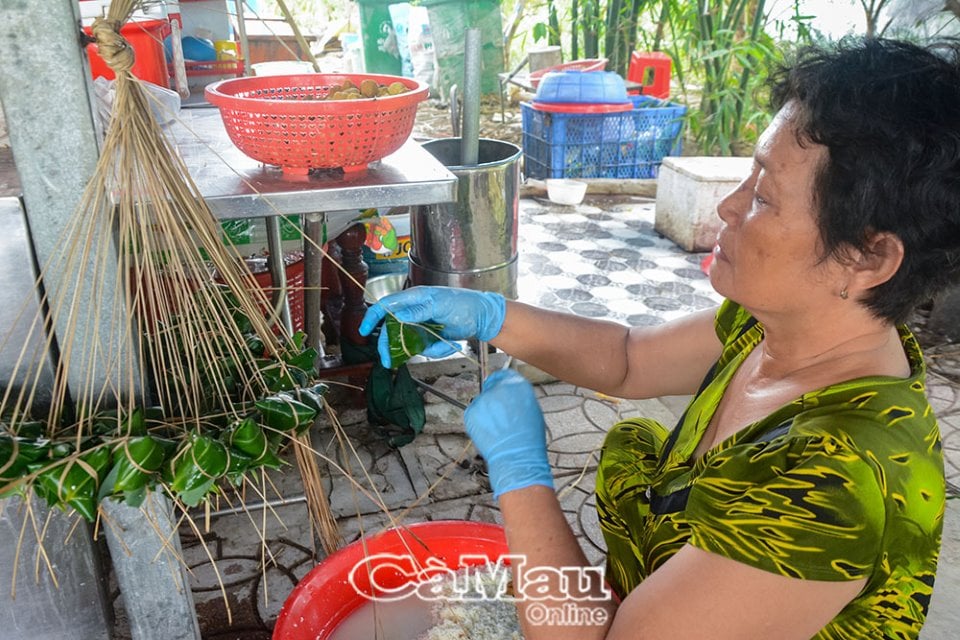 |
Every day, Mrs. Hai can bake 1,500 banh ú. |
In her free time, Mrs. Hai also weaves plastic wire baskets for factories or when women in the commune participate in a contest to showcase their skillful products from plastic baskets, she contributes a little effort. When there is a provincial folk cake contest, the women in the commune Women's Union also invited her to participate, but she refused. Mr. Hai is getting old now, sick today, in pain tomorrow, his legs are weak, his children and grandchildren live far away, so she always wants to be by his side to enjoy.
Every day, she chopped bananas, sliced them, and Mr. Hai chopped them finely and mixed them with bran and rice to feed the flock of ducks and chickens behind the house, nearly 100 of them. At first, she planned to raise a few ducks and chickens to save for her children and grandchildren when they came to visit or to entertain guests from far away. But when the ducks and chickens reached the age of laying eggs, she couldn't finish them all, so she had to work hard to make nests and hatch the chicks. She had a good hand and took good care of the chickens, and each duck was plump and grew quickly. "Her three children kept nagging, 'Mom and Dad are old now, the children are successful, the house has land for rent, and the monthly income is decent, we can 'retire' to enjoy our old age'. Both grandparents refused, saying that if they didn't do it, they would be sad, especially the job of wrapping banh u, which she felt sad if she didn't make for a long time.
Mr. Hai was also close by. When she prepared to make cakes, he would take a basket to the garden to pick bamboo leaves and tie them into bunches. While she was wrapping the cakes, he would collect firewood to make a fire and boil water in a pot. When she chopped bananas, he would also take a knife and chopping board to mince them. The couple was together morning and night.
The family economy is quite stable, the children are successful, but Mrs. Hai still does not want to "turn her back" on the traditional profession left by her mother. Each profession has its own characteristics, each person has a different passion, but for Mrs. Hai, she always wants to contribute a little effort to "fan the fire" for the traditional bamboo leaf cake profession to always burn./.
Bao Han
Source: https://baocamau.vn/ba-hai-banh-u-a1622.html



![[Photo] Official welcoming ceremony for French President Emmanuel Macron and his wife on a state visit to Vietnam](https://vphoto.vietnam.vn/thumb/1200x675/vietnam/resource/IMAGE/2025/5/26/a830702ef72f455e8161b199fcefc24d)
![[Photo] Pink ball and table tennis](https://vphoto.vietnam.vn/thumb/1200x675/vietnam/resource/IMAGE/2025/5/26/d9f770bdfda243eca9806ea3d42ab69b)

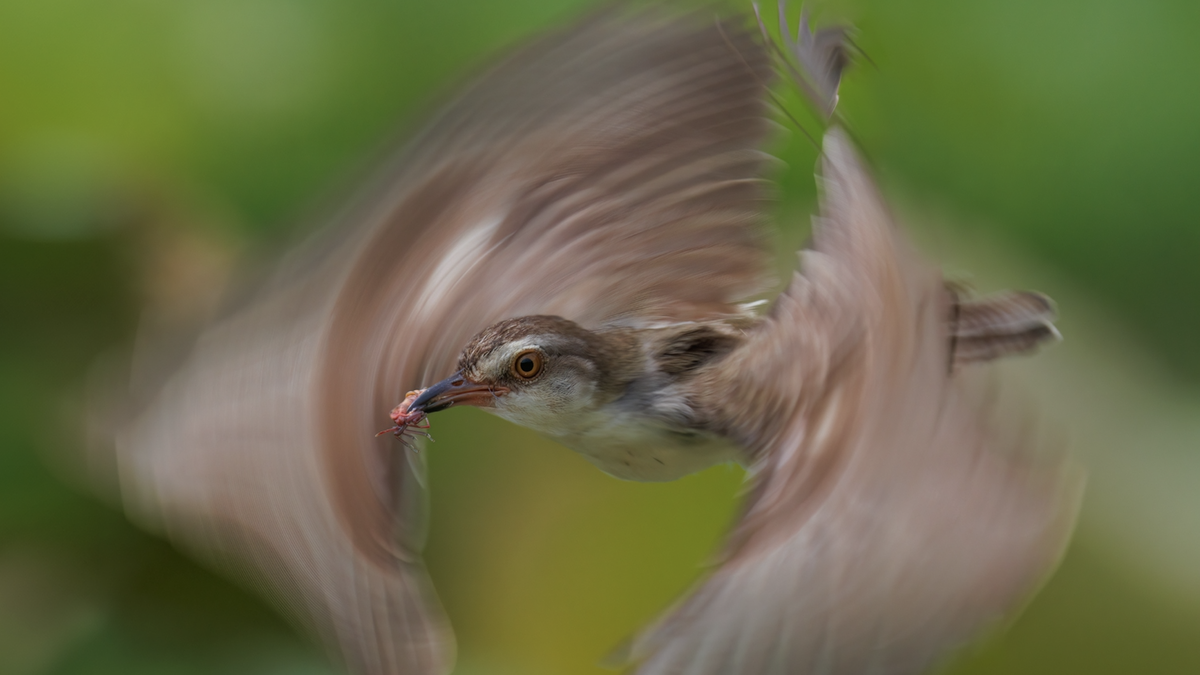





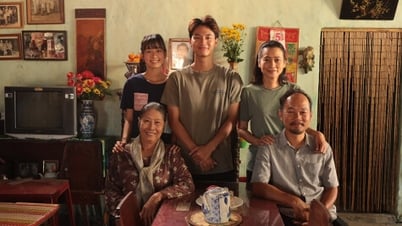














![[Photo] Ea Yieng commune settlement project abandoned](https://vphoto.vietnam.vn/thumb/1200x675/vietnam/resource/IMAGE/2025/5/25/57a8177361c24ee9885b5de1b9990b0e)
![[Photo] French President Emmanuel Macron and his wife begin state visit to Vietnam](https://vphoto.vietnam.vn/thumb/1200x675/vietnam/resource/IMAGE/2025/5/25/03b59c7613144a35ba0f241ded642a59)
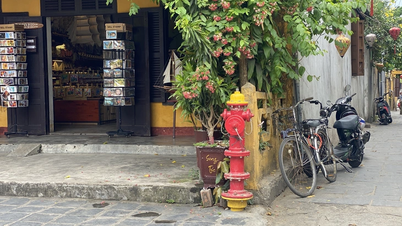

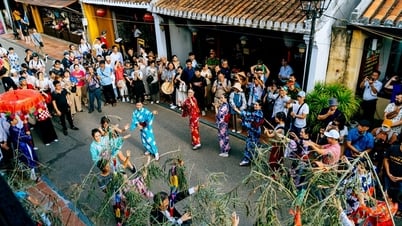































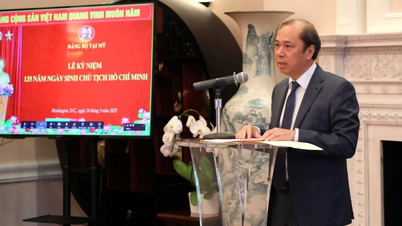















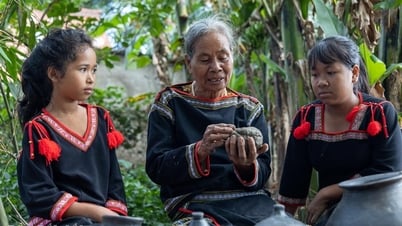


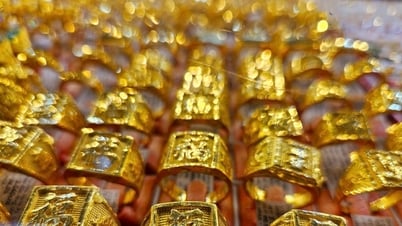



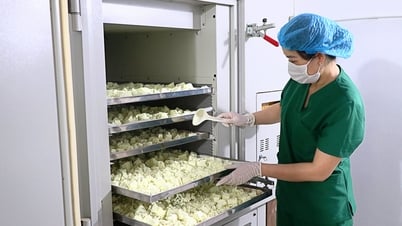









Comment (0)